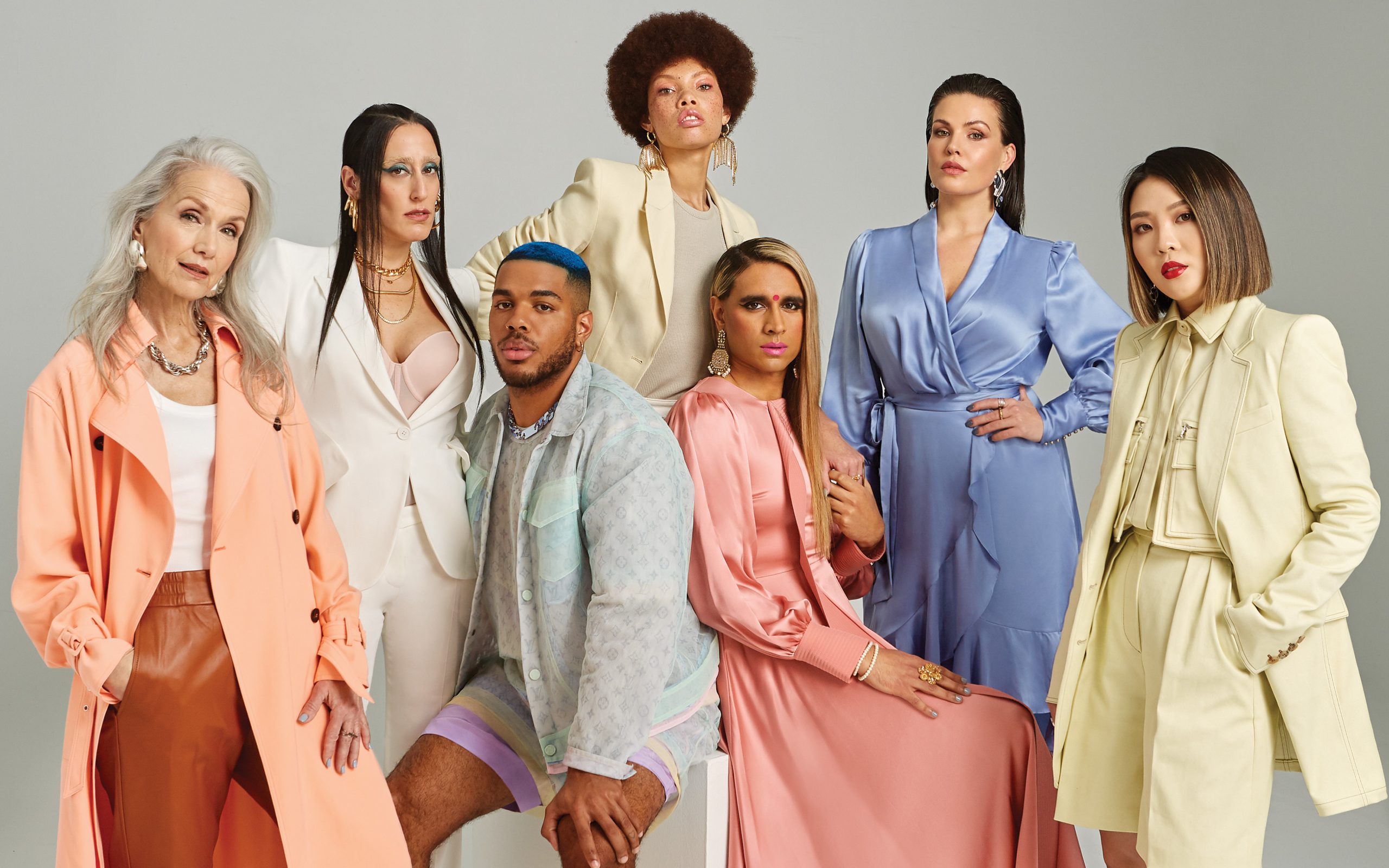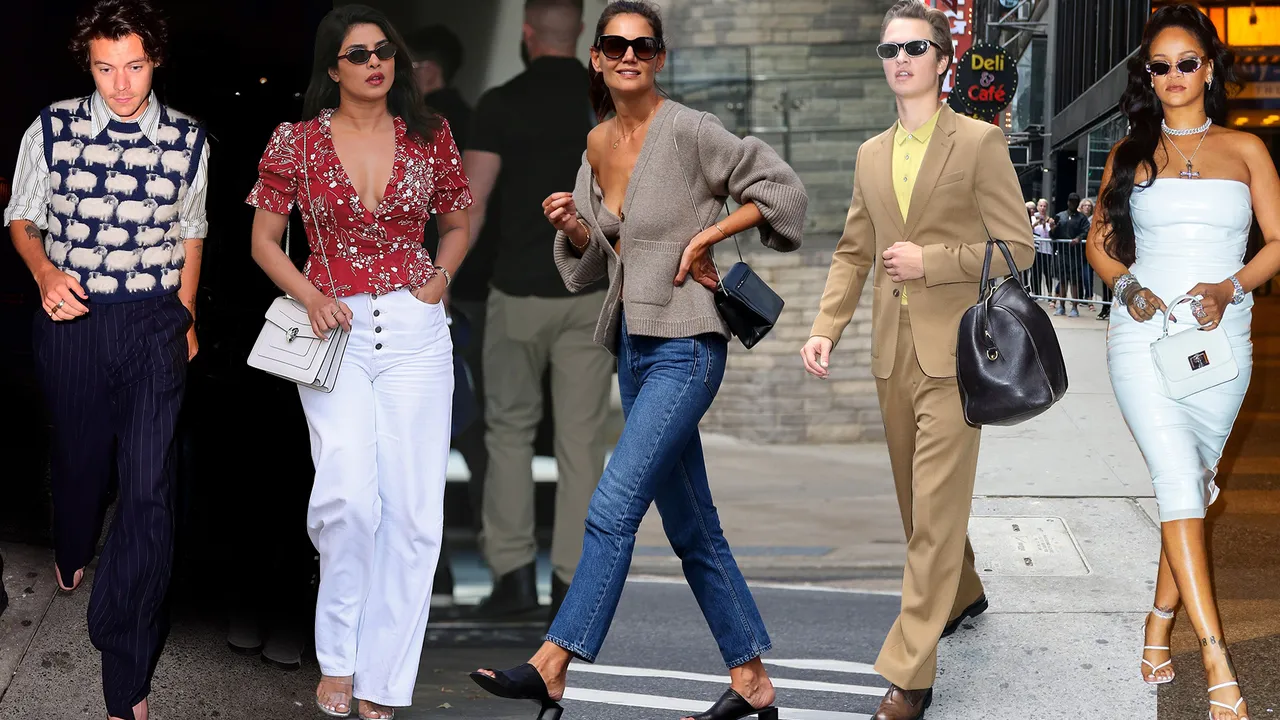The proliferation of social media in recent years has had a profound impact on the way fashion trends are disseminated and consumed. Social media platforms such as Instagram, TikTok, and Pinterest have given rise to a new generation of fashion influencers, who have the power to shape and drive fashion trends through their online presence and reach.
One of the key ways in which social media has changed the fashion industry is by democratizing the process of trend-setting. In the past, the fashion industry was dominated by a small number of designers and stylists who held a great deal of power in determining what was considered fashionable. Today, however, anyone with a social media account can potentially become a fashion influencer, and the trends that gain traction on social media are often determined by the collective tastes of the general public rather than a select group of tastemakers.
Social media has impacted fashion through the democratization of fashion content. Prior to the rise of social media, the fashion industry was controlled by a small group of designers, stylists, and editors who dictated what was considered fashionable. However, with the advent of platforms such as Instagram and TikTok, everyday people can now share their personal style with a large audience, and they have the ability to influence the fashion choices of others.social media is spreading fashion trends through the increased use of influencers. Influencers are individuals who have built a large following on social media and have used that platform to promote brands and products. Brands now work with influencers to showcase their products, leading to more visibility and exposure for the brand.
Another way in which social media has changed the fashion industry is by making it more accessible and inclusive. Social media platforms have given underrepresented groups, such as plus-size individuals, people of color, and those with disabilities, a platform to showcase their personal style and inspire others. This has led to a greater diversity of fashion trends and a more representative representation of the population in the fashion industry.
Social media has also had a profound impact on the way fashion is consumed. Prior to the rise of social media, consumers typically had to wait for the latest fashion trends to be featured in magazines or on the runway before being able to purchase them. Today, however, consumers can see the latest fashion trends on social media in real-time, and can purchase them almost immediately through online retailers or direct links provided by influencers. This has led to a significant increase in the speed at which fashion trends are adopted and a greater emphasis on “fast fashion” – the quick production and turnover of fashionable clothing.
However, the role of social media in spreading fashion trends isn’t without its drawbacks. For example, the relentless pace of content creation and the pressure to constantly look fashionable can be overwhelming and contribute to feelings of inadequacy and low self-esteem. Additionally, the fast-paced nature of fashion trends promoted by social media can be unsustainable for the environment.
In conclusion, social media has had a significant impact on the way fashion trends are disseminated and consumed. While it has democratized the process of trend-setting and made fashion more accessible and inclusive, it has also led to a fast-paced and sometimes overwhelming culture of fashion consumption.
As responsible social media users, it’s important to be aware of the potential downsides and make conscious choices to promote a more sustainable and healthy relationship with fashion.




